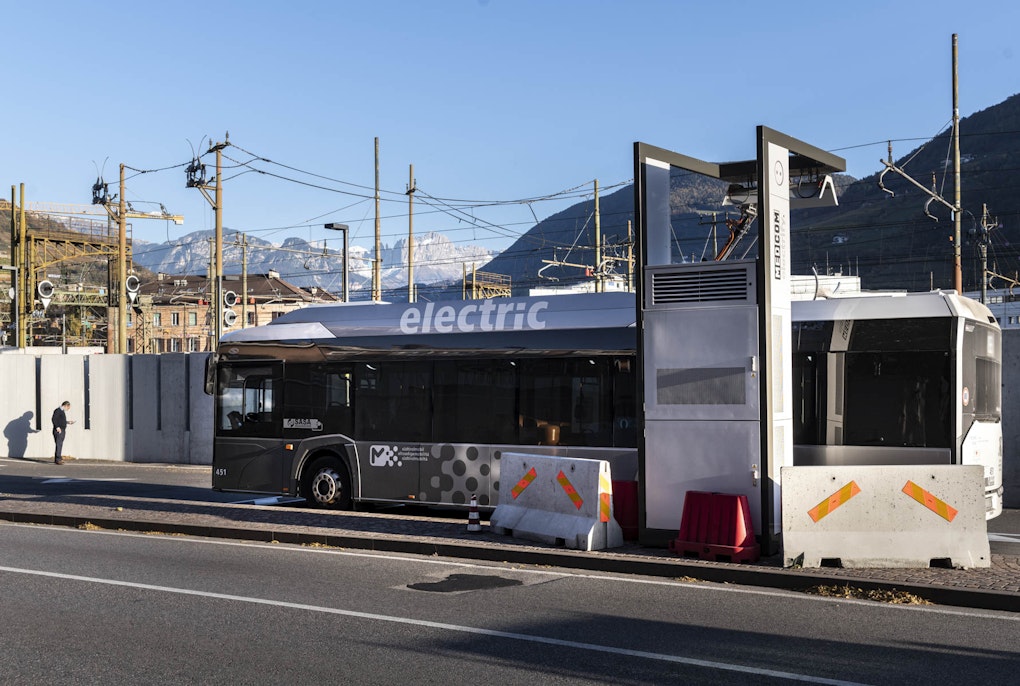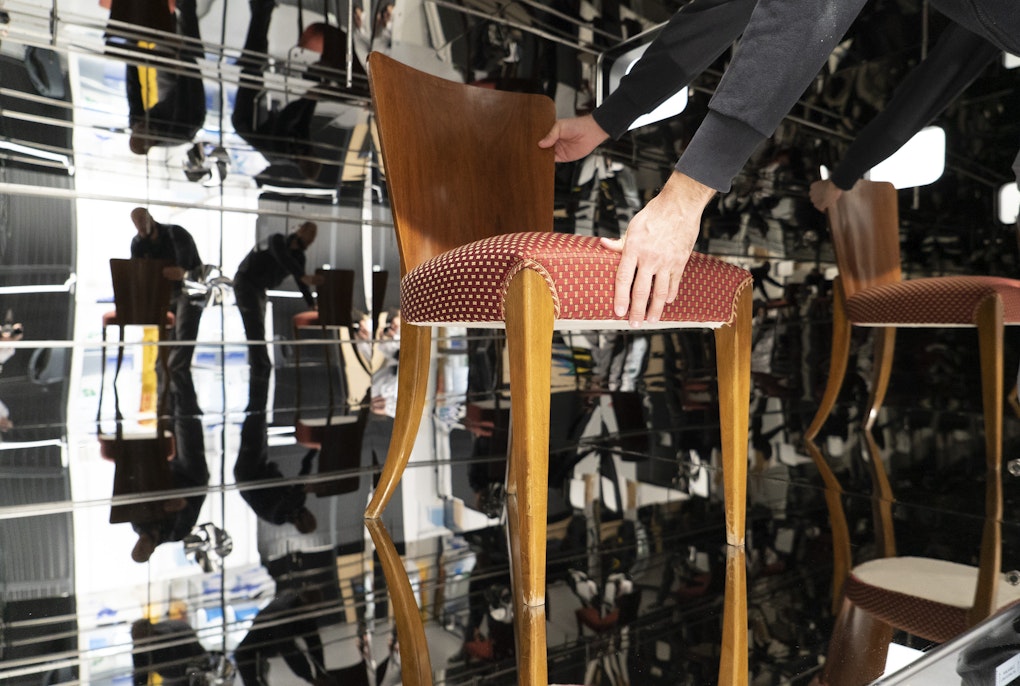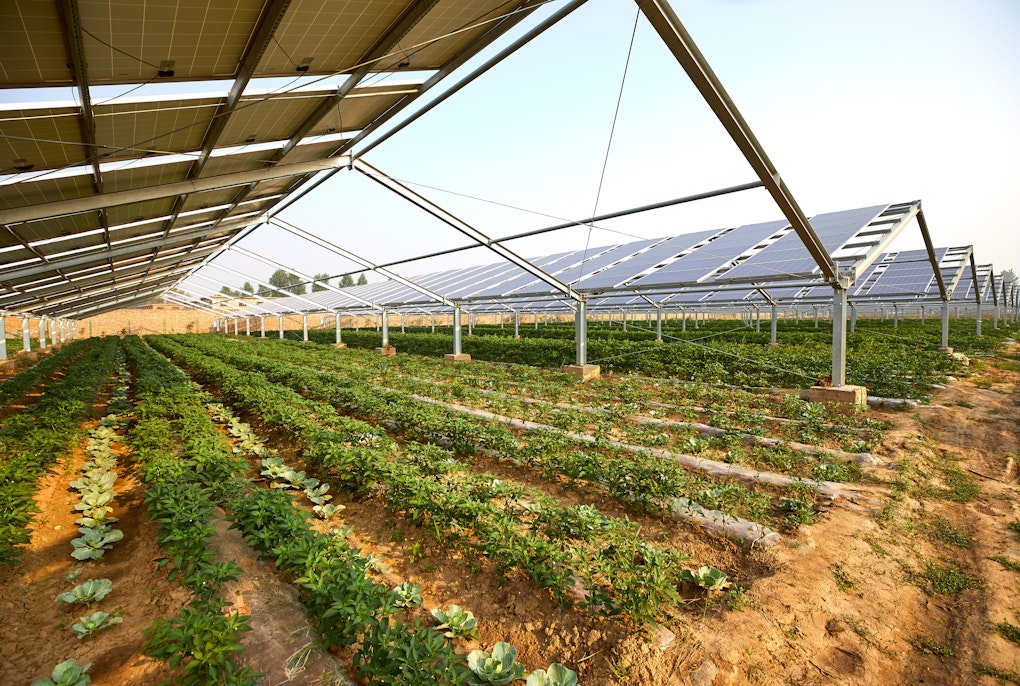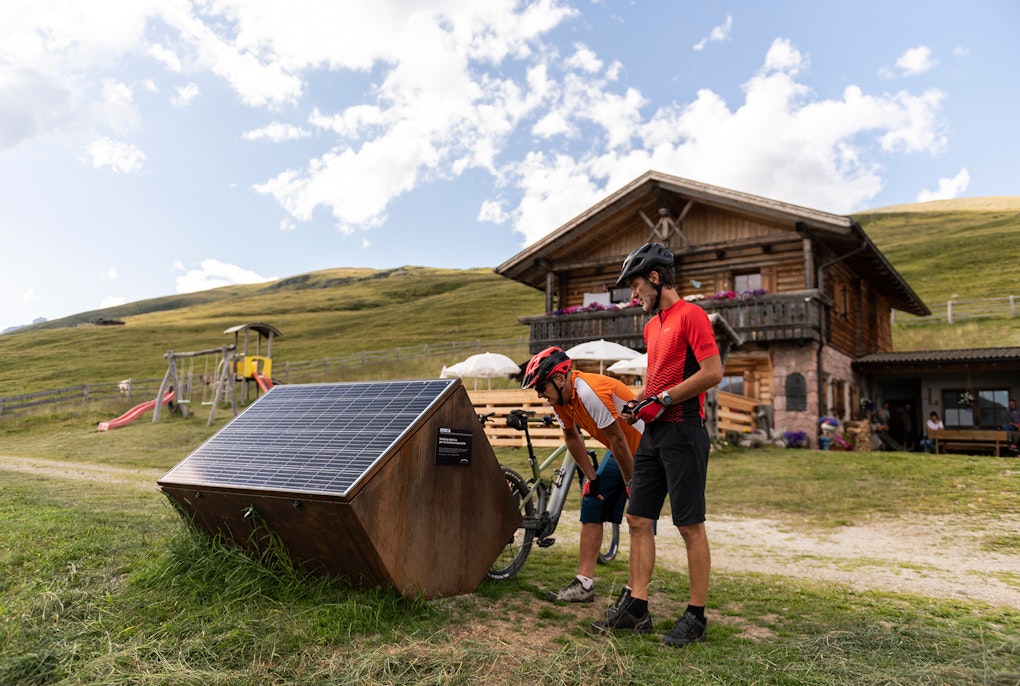magazine_ News
Solar energy and high-tech cable cars
Together with specialist company Leitner, our researchers are investigating how best to integrate photovoltaics into ski lifts
Today's cable cars and chairlifts are becoming increasingly high-tech with heated seats, monitors, touchscreens and computers that provide real-time information and infotainment as well as being equipped with electronic systems and for de-icing and defrosting snow. However, all this requires energy and powering these systems with solar energy sources has become the sustainable manufacturing goal of recent years. Nonetheless, equipping ski lifts with photovoltaic energy sources is no easy task as adverse weather conditions, heavy snow loads and limited, inconvenient space to integrate photovoltaics are common sectoral challenges. "While a photovoltaic system certainly can't provide all the energy needed to power an entire ski lift system, solar sources can provide a portion of the station’s and cabin’s energy needs by offering a valuable backup to all system electronics in the event of interruptions to the main energy source," explains Laura Maturi, engineer at the Eurac Research Institute for Renewable Energy. For more than a year, the researcher has been working with Leitner, a South Tyrolean company that specialise in ropeway technology in order to determine the practical solutions necessary to integrate photovoltaics in the group's new Pininfarina cabins and chairlift stations.
"Initially, we catalogued all the technologies on the market that have the right characteristics to be integrated in these very special contexts," says Laura Maturi. In addition to not being hampered by snow cover, the modules used have to be flexible for optimal integration on the many curved surfaces associated with this technology and must also be light enough so as not to add any extra weight to the structures themselves. In an Austrian case study featuring Leitner chairlifts, both in valley and mountain stations, researchers proposed two alternative integration projects using high-tech photovoltaic modules supplied by Italian companies. According to expert simulations, the annual yield of the photovoltaic systems would be more than 20,000 KWh per year at each station. "In order for Leitner to be able to carry out these simulations independently, we developed simulation model software," explains Laura Maturi, "whereby Leitner’s designers can input exact parameters for the cabins and stations and incorporate specific photovoltaic modules on certain surfaces in just a few clicks." Furthermore, by importing a weather file from an international open access database, it is possible to simulate the daily, monthly and annual yield of the integrated photovoltaic system in every possible climatic situation.




